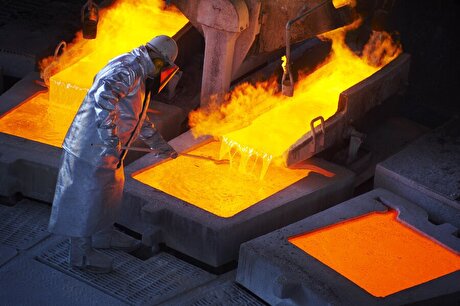
Iran’s Kerman Province Posts 48% Jump in Non-Oil Exports
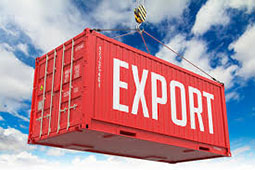
Some 257,000 tons of non-oil commodities worth $458 million were exported from the Iranian province of Kerman, Head of Kerman province’s Customs Administration Mohammadreza Qader said, adding that the figures indicate an 18% rise in terms of volume and 48% jump in terms of value, compared with the similar period of last year.
The province’s exports in the period under review mainly included pistachio, copper products, handicrafts, minerals, steel products and dairies, he said.
According to the official, the province’s exporters have been securing their footprint in the international markets, noting that Kerman's products are now offered in Iraq, Pakistan, Afghanistan, China, the UAE, Turkey, Oman, Russia and some European states.
Last month, Iranian Vice-President and Head of the Management and Planning Organization (MPO) Mohammad Baqer Nobakht said that his country is after accomplishing an objective of increasing non-oil exports to 15 neighboring countries by two-fold to counter the US bans on its oil sale.
Nobakht said that non-oil exports to 15 neighboring and near countries should reach $48 billion in the next Iranian calendar year (March 21, 2020-March 20, 2021), adding that hitting the target was necessary given Iran’s urgent need to new foreign currency revenues as normal crude sale has been affected by American sanctions.
He said that Iran had been effectively deprived of around $50 billion a year in oil sales income, adding that non-oil exports should compensate for that loss.
“Based on the targets set, we (have to) bring the non-oil exports to $48 billion from the $24-billion that we currently have,” he said, adding that setting the target had been agreed earlier in the day in a meeting involving high-profile government officials.
Iran has been under a series of US sanctions since last year when Washington unilaterally withdrew from an international agreement on Tehran’s nuclear program.
The sanctions have specifically targeted the sale of oil as the United States seeks to force Iran to change its position on key foreign policy and security issues.
Authorities in Tehran admit that sanctions have affected Iran’s exports although they insist the bans have caused a boom in other sectors of the economy.
Bulk of Iran’s non-oil exports, especially those shipped to 15 neighboring and near countries, consists of petrochemical products derived from oil.
The new target set for exports mainly relies on a massive expansion of Iran’s petrochemical sector over the past few years. Authorities said in September that petchem exports would increase nine-fold to reach $93 billion in 2025.
Early in November, Governor of the Central Bank of Iran (CBI) Abdolnasser Hemmati in an Instagram post said despite the United States' growing sanctions against Iran, his nation's economy is moving forward in areas of trade, including both oil and non-oil exports.
“Brian Hook: Iran’s oil exports reached 120,000 barrels per day,” Hemmati wrote on his Instagram page.
The CBI governor noted that the US has imposed new sanctions on imports and exports in construction sector, adding that the US together with 6 regional states has sanctioned 25 individuals or entities.
In October, President of Iran’s Trade Promotion Organization Hamid Zadbum announced that Iran’s non-oil exports had witnessed a 22.5% increase in terms of weight in the first half of the current local calendar year (March 21-August 21) compared with the corresponding period in the last year, showing a steady rise in resistance against the United States' economic sanctions.
Iranian exports saw a rise of 22.5% in weight in the last six months (March 21-September 21) in comparison to the same period last year, said Zadbum in the central city of Kashan.
He mentioned that Iran’s machine-made carpet exports are gaining in value and weight, noting that the country is trying to regain the lost market to other international competitors.
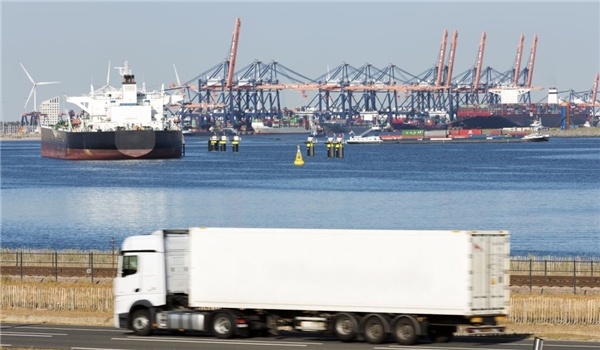


Trump weighs using $2 billion in CHIPS Act funding for critical minerals

Codelco cuts 2025 copper forecast after El Teniente mine collapse

Electra converts debt, launches $30M raise to jumpstart stalled cobalt refinery

Barrick’s Reko Diq in line for $410M ADB backing

Abcourt readies Sleeping Giant mill to pour first gold since 2014

Nevada army depot to serve as base for first US strategic minerals stockpile

SQM boosts lithium supply plans as prices flick higher

Viridis unveils 200Mt initial reserve for Brazil rare earth project
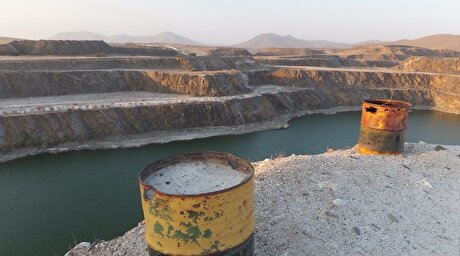
Tailings could meet much of US critical mineral demand – study
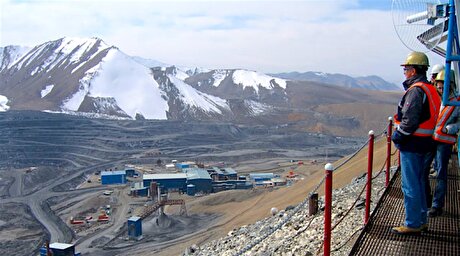
Kyrgyzstan kicks off underground gold mining at Kumtor
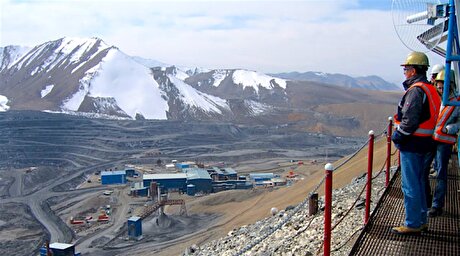
Kyrgyzstan kicks off underground gold mining at Kumtor
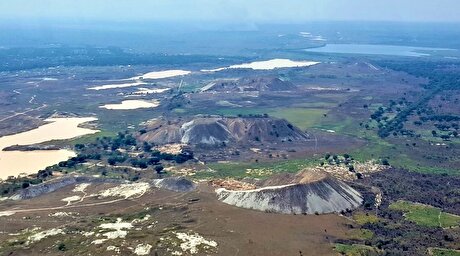
KoBold Metals granted lithium exploration rights in Congo
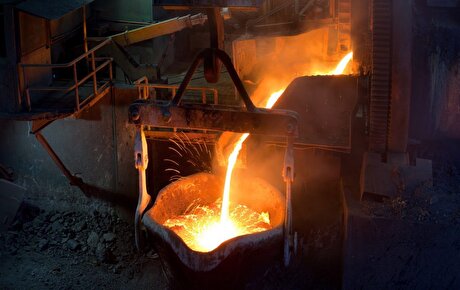
Freeport Indonesia to wrap up Gresik plant repairs by early September
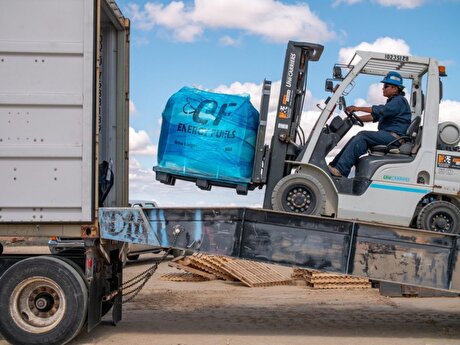
Energy Fuels soars on Vulcan Elements partnership

Northern Dynasty sticks to proposal in battle to lift Pebble mine veto
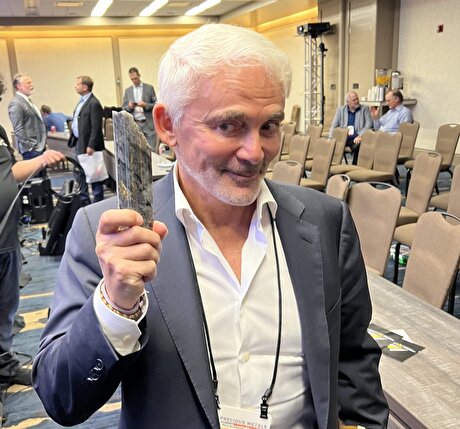
Giustra-backed mining firm teams up with informal miners in Colombia
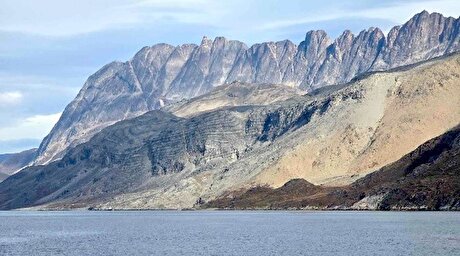
Critical Metals signs agreement to supply rare earth to US government-funded facility

China extends rare earth controls to imported material
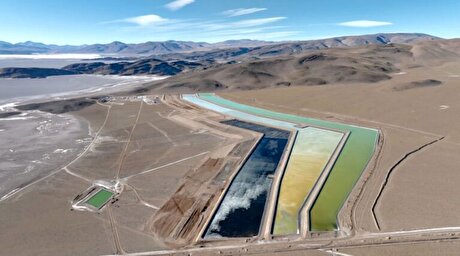
Galan Lithium proceeds with $13M financing for Argentina project

Kyrgyzstan kicks off underground gold mining at Kumtor

Freeport Indonesia to wrap up Gresik plant repairs by early September

Energy Fuels soars on Vulcan Elements partnership

Northern Dynasty sticks to proposal in battle to lift Pebble mine veto

Giustra-backed mining firm teams up with informal miners in Colombia

Critical Metals signs agreement to supply rare earth to US government-funded facility

China extends rare earth controls to imported material

Galan Lithium proceeds with $13M financing for Argentina project
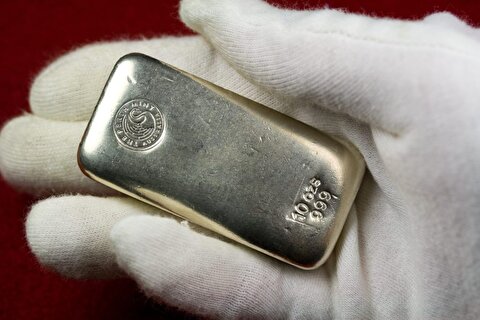
Silver price touches $39 as market weighs rate cut outlook

